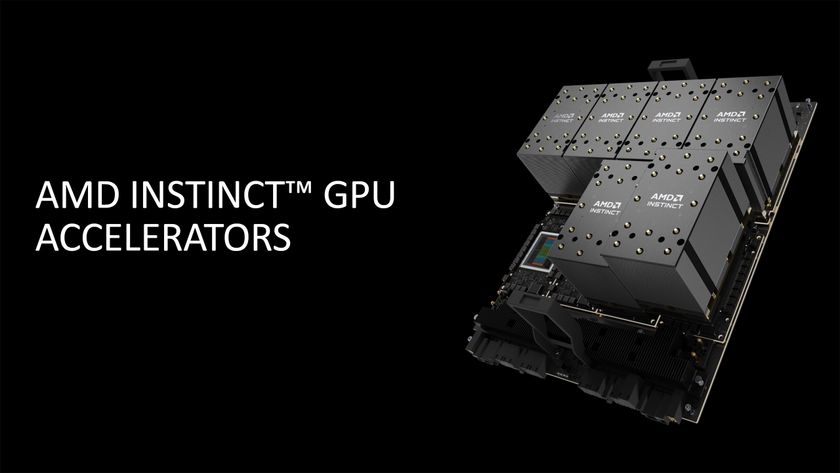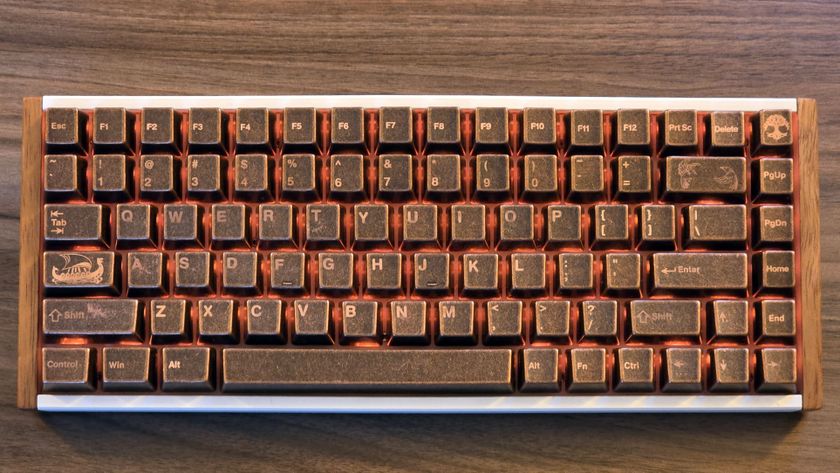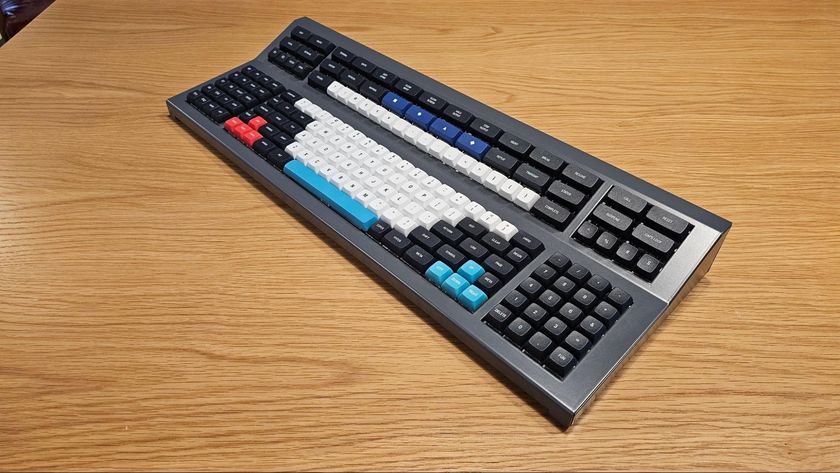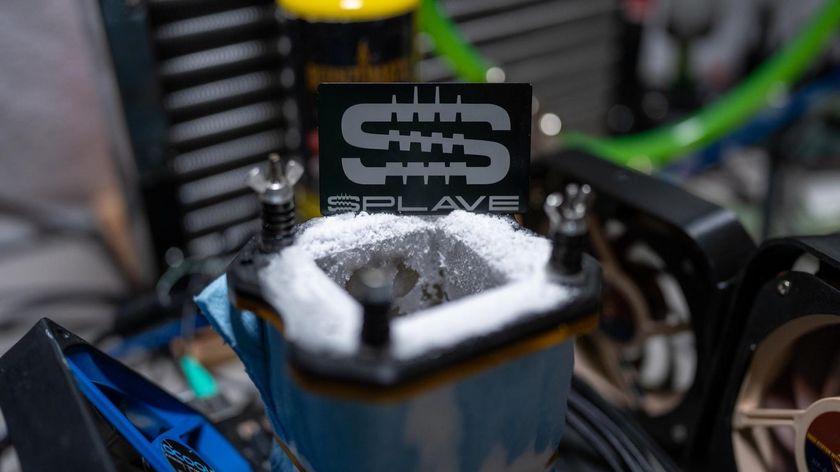Fast and Inexpensive - Promise's FastTrak66 IDE RAID-Controller
Drive Failure In RAID 1 Or RAID 0,1 Situations, Continued
This brings us to the next step of this test. What happens after a drive failure?
Unlike in professional SCSI-RAIDs, FastTrak does not rebuild the drives in the background. It simply disables the mirroring until you reboot the system. Then you get this:

After you did as you were told, you can start rebuilding the mirror in FastTrak's BIOS setup:

Depending on the size of the failed drives it can take quite a while. In this time your system is completely idle and you have to wait until two drives have been rebuilt even if only one drive failed.
All in all you can see that in terms of mirroring, FastTrak66 is not quite up to competing against its much more expensive SCSI-RAID opponents.
Stay On the Cutting Edge: Get the Tom's Hardware Newsletter
Get Tom's Hardware's best news and in-depth reviews, straight to your inbox.
Current page: Drive Failure In RAID 1 Or RAID 0,1 Situations, Continued
Prev Page Drive Failure In RAID 1 Or RAID 0,1 Situations Next Page RAID 0 - What Performance Gain Can We Expect?











